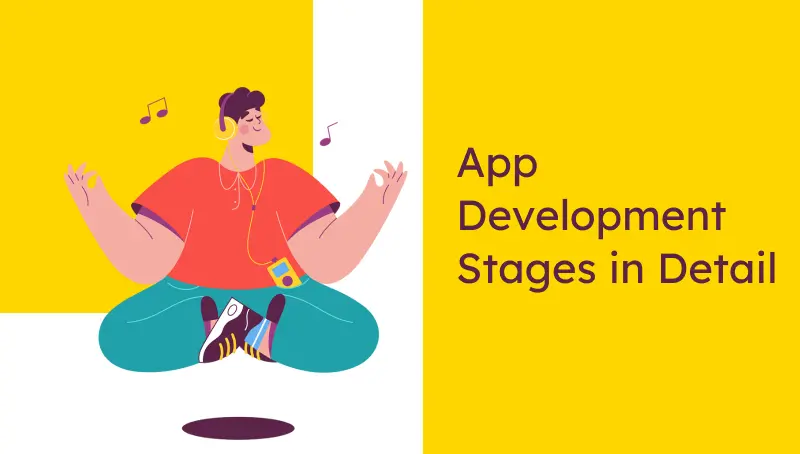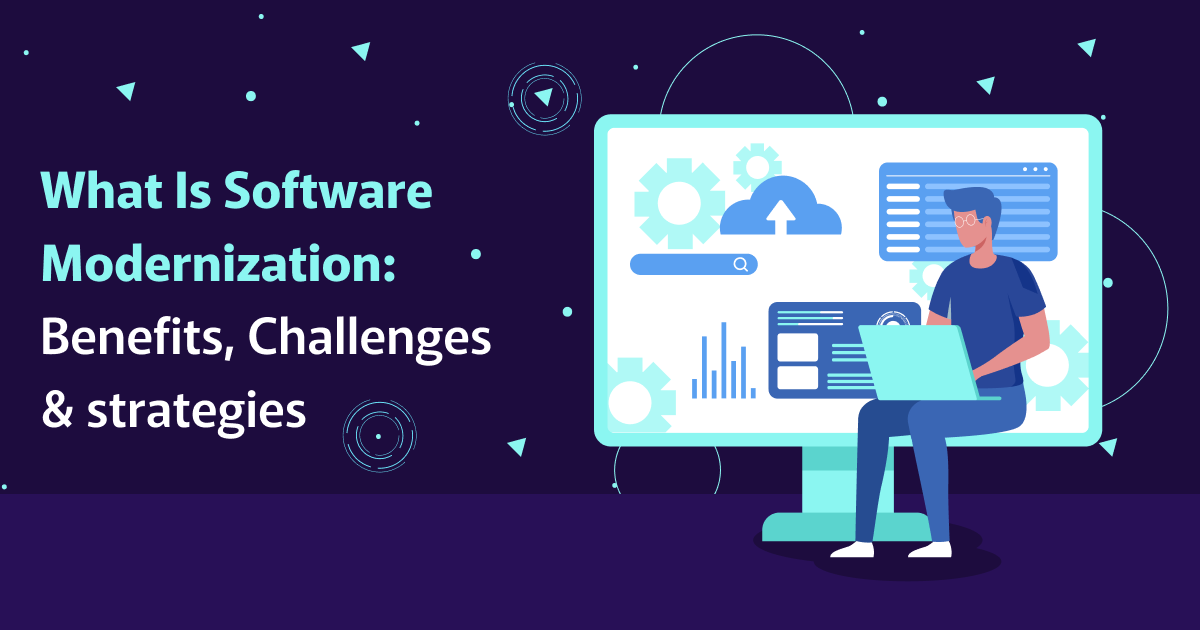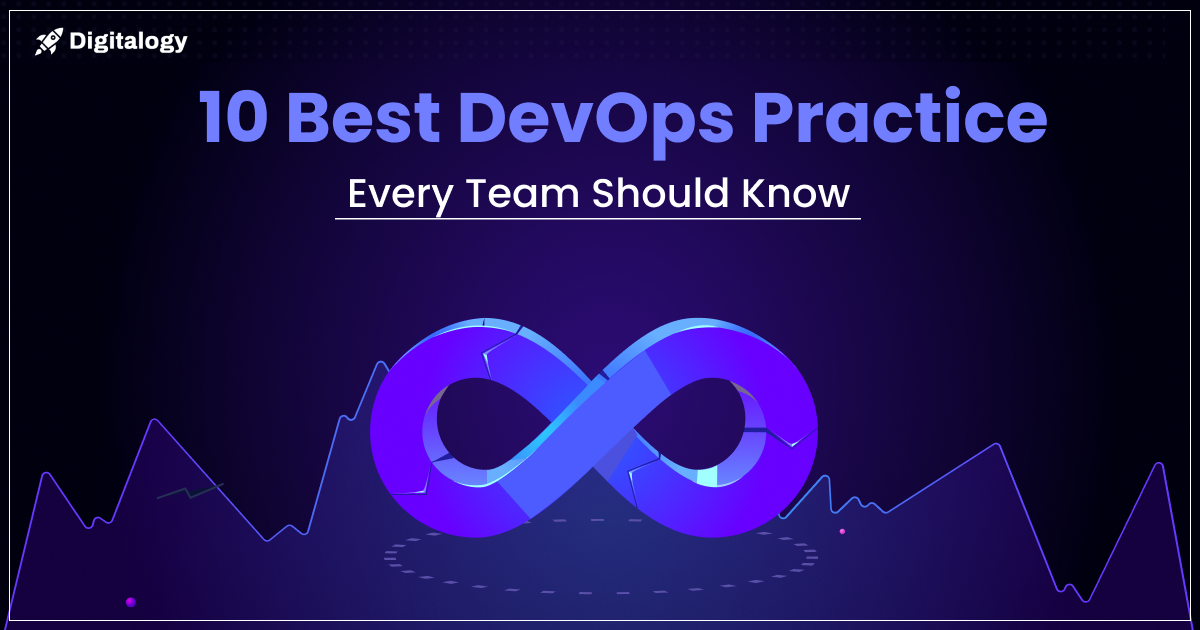In this article, we will come to know about the app development process in detail. But before knowing the process of app development, it is important to know its scope in today’s time.
The app development scenario is a quickly developing industry that has expanded manifold in recent years. From the capital invested to the technology investment made in this area, the app development industry is massive. The population is turning digital, and apps are becoming assistants. App developers and development companies include features and functionalities to simplify manual tasks.
There is a lot of scope in app development for companies and industries of any vertical. If your company has an idea that can solidify as a useful app, you will need the help of an app development company. However, the app development process is an extensive one with many phases.
The scope of app development is really extensive because every industry needs the use of customer-centric and enterprise-level apps. Digital apps meant for multiple devices bring forth operational improvements, marketing, and promotions for companies.
App Development Stages In Detail
The use of advanced technology for the creation of an app has ensured that any idea floated by the company can be put into an app framework. The use of advanced technology and creativity has improved existing apps and created new futuristic applications for our devices. All said and done, there are a lot of resources and strategies that go into app development.
The stages of app development are as follows-
1- Planning and Research
Once the fundamental idea of the app is clear, the next step in the app development process is planning and research. App development is a process and needs a roadmap. Without a research-oriented plan to create the app, the process is directionless.
Planning and research in the app development sector are important because it is a highly competitive ecosystem with millions of apps already existing.
Therefore, it is important to do market and competitive research so that the company identifies the right niche for the app launch. Market and competitive research become highly necessary. Companies usually have dedicated research analysts who read the market before the app is created.
Research tells the team if there is any modification needed for the app idea. Proper research also lays down the prerequisites and features that the app should have.
Research insights into audience segments allow the company to zero in on the target audience. The company first lays down the app objective and the customer persona according to the idea.
After this, research surveys, questionnaires, and interviews to interact with the audience. These actions help the company understand the needs of the customer segment. Desk survey on competitors also helps in securing an edge over them early on. The market research and planning stage takes around 12 weeks.
After research, the insights are used to create a roadmap to the app development process. The resources needed and the app features in the MVP are outlined in the planning stage.
The app development plan helps strategize around the resources, process, and budget needed for the final product. The app development plan and roadmap also include the schedule of app deliverables and phase completion.
2- Design of the Application
Once the roadmap of the development process, its timeline, and costs are outlined, the designers get to work. Before complete development, the design of the app is necessary. The design framework of the app includes the UX and UI of the app. The UX and UI of the app are important because the user directly interacts with them.
The UX and UI design of the app takes care of the visual, interactive, and navigation elements of the app. The UX and UI design binds the app’s functions to create a complete app layout. The design of the app should be top-notch and unique so that it can appeal to and engage the audience. App design standards and trends are evolving.
With the help of trained and experienced app UX and UI designers, the company can create an interactive and intuitive app design framework. The UX design is created in such a way that it addresses the problems that users face and brings solutions to them.
UX design and UI ensure that the functionality of the app is easily implemented with the help of the app layout. While UX design focuses on functionality and user experience, UI design focuses on app visuals and representation.
The design framework needs to be consistent in every aspect and with every screen. The app screen transitions need to be smooth so that the user has a seamless experience. Visual, textual, and graphic elements come together to create the app design framework.
A robust design framework that updates with industry trends is a necessary aspect of a good customer-centric app.
To create the design framework of the app, the company has to hire the best UX designers, graphic designers, and app design specialists. Just like the performance of the app after development, the design framework is tested with prototypes and mockups before finalization.
The prototypes and mockups help the design team to identify and eliminate design errors before development.
Apps that have already been created are often taken for a redesigning process to solve design problems that arise later on. The design cost for each screen of a mobile app can go from Rupees 1200 to Rupees 2000 in UX design agencies.
3- App Development
After the design phase is complete, tested, and in place, the actual development of the app is done. The development process of the app includes front-end development and back-end development. The development process marries the client end and the server end of the app to create one integrated platform as application software.
The front-end development puts the design wireframe down and starts data integration with the wireframe. The development of the user interface and data synchronization with it is a process of app development. The front-end development process ensures that there are no leaks and weak links in the UX design of the app.
The back-end development process deals with the server side of the app. The network and programming capabilities that link with the app are included in the back end of the app.
The server structure is done by developers in a way that supports the app’s functions well. The back-end development process is very important to the high-performance run of the app.
Experienced developers and programmers work on the server side to develop the server-side code and logic for actions on the app. Without back-end development and strong programming code, the design is just a wireframe. The back end of the app is developed to include aspects such as versatility and scalability.
The scalable and robust nature of the app’s back-end structure supports its performance under varied conditions. Before the app development process is done, the programming language, framework, and runtime environment are chosen.
The back-end development process includes the integration of databases and APIs to support the features of the app. App development costs can go from thousands of rupees to lakhs of rupees, depending on the complexity of the app.
4- Testing and Publishing of the App
After the app is completely developed, the crucial step to take is to test the app’s design and functionality. It is important to test the app for any latent errors. Many of the app’s errors and issues come to the front after it is put under test runs. The app testing team has to check for performance tests in different run environments to ensure the app is scalable.
The app testing process includes many steps and testing tools. Professionals in the testing sphere can help identify issues and bugs so that they are eliminated before the launch process. The app is put to usability testing to check its user-friendly score before it is launched in its future user segment. The app is also put to compatibility tests with different devices and platforms so that users get smooth runs on different platforms.
In today’s scenario, when customers are looking for cross-platform apps, compatibility testing is very important. On the other hand, the testing team also tests the performance and security levels of the app. The performance of the app is the most important aspect of the app.
If the app looks great and has all the features but still lags in performance, it is inefficient. The app should ideally have efficient, uniform performance in different conditions.
When the app shows low downtime and consistent levels of performance, it is a good app that can be launched. Apart from performance, security provisions are also very important. Security is linked with the performance you see with the app framework. The app should uphold privacy guidelines and have strong security against cyber threats and network vulnerability.
Apart from these tests, the app is also put into functionality testing and recovery testing to ensure that it can be used under different conditions. The testing professionals design the test case and script according to the test type.
Similarly, testing professionals also design the testing environment for different tests. After all the tests, the beta testing with actual users from the niche shows how useful and profitable the app is. After beta testing, the team gathers user feedback about the app’s functionality. The testing team then revises the framework and eliminates issues to create a better app for the final publishing cycle.
Once the test has been completely tested and revised to its most useful version, it is deployed in the market. The publication of the app is also an extensive process that needs a good launch strategy. In this highly competitive industry, the company has to strategize before launching and marketing the app. The launch strategy also includes the brand image, promotions, and market penetration to create an independent niche.
What is the Cost of the App Development Process?
The app development process is extensive and costly. The app development process can be done on a small budget or a big budget. The cost depends on the timeline of the project, the complexity of the product, and the resources you are willing to invest.
Project prerequisites and the level of functionality for the app determine the cost of the app. To create a highly functional app, the developer team has to work more skilfully. The cost increases with the skill level required. The level of experimentation and revisions that are needed to create the app also increase the cost of the app.
When there are multiple cycles of revisions and improvements, the app development timeline also extends. With the extension of the app development timeline, the time and investment in human resources also increased. This determines the final cost of the app development project. When we look at the entire app development process, the design costs and development costs have to be included.
Both front-end development and back-end development processes have to be taken into consideration for the final costs. Apart from development, the testing costs are also included in the final cost. The testing costs depend on the number of test cycles and the testing tools used for the process. All these costs and the marketing costs for the app launch are included in the final cost.
When all of this is taken into consideration, the app development process can be very expensive for a company. However, with the right development approach and launch strategy, the app turns into a highly successful digital product. The ROI on app launches is extremely high for companies. A simple app development process can cost up to USD $8540 or USD $9760. The simple app development process takes 3 to 4 months to finish. Complex app development can cost a company millions.
To create the design framework of the app, the company has to hire the best UI UX designers, graphic designers, and app design specialists. Just like the performance of the app after development, the design framework is tested with prototypes and mockups before finalization.
Conclusion
The app development, testing, and launch process is an extensive process that requires a lot of investment. However, app development is a necessary process and a natural step of business expansion in nearly every company. Application software is a marketing and communication tool in the digital era. When a company develops an app, it does not just realize one goal; it digs a whole well of opportunities and profits. A well-developed app can bring high ROI to a company for years.







